Revolution in Trade-ins: Is the Auto Industry Betting on the Future or Taking a Risk?
![]() 11/26 2024
11/26 2024
![]() 370
370
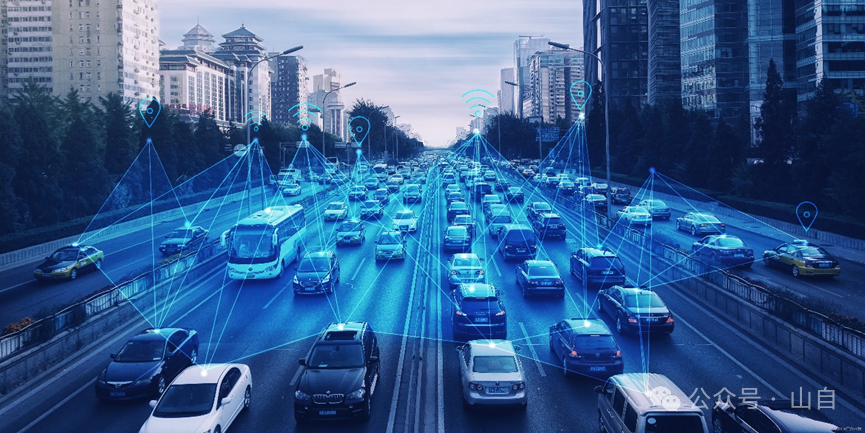
Image from the internet
Introduction: With the ebbing of the mobile internet, the global economic landscape faces numerous challenges, particularly the growing prominence of economic downturns and deteriorating employment conditions. Today's auto industry is as hot as the real estate sector was in its heyday. As a pillar of the national economy, the impact of the trade-in revolution and related policies is under close scrutiny. So, amidst the surge towards electrification and intelligent connectivity, can the auto industry generate a new wave of momentum, becoming a new engine for economic growth post the mobile internet era?
Trade-in Revolution and Policy Impacts
In recent years, the trend of trading in old vehicles for new ones has emerged as a significant development in the auto industry, driven by tightening environmental regulations and consumers' rising expectations for vehicle performance. According to the 2024 summary of performance targets for central government pre-allocated funds for the trade-in subsidy program, the total annual subsidy amount stands at RMB 11.19775 billion. Of this, RMB 6.44004 billion comes from central funds, and RMB 4.75771 billion from local funds. In terms of performance indicators, the total number of vehicles scrapped throughout the year is expected to reach 3.78 million. For satisfaction indicators, the satisfaction rate among subsidy applicants is required to be ≥80%. The overall goal is to enhance standards for technology, energy consumption, and emissions, supporting the scrapping and replacement of old vehicles that meet subsidy policy requirements, thereby further expanding automotive consumption.
Electrification and Intelligent Connectivity in the Auto Industry
On the electrification front, advancements in battery technology and cost reductions have led to increased driving ranges for new energy vehicles (NEVs), along with improved charging infrastructure, gradually increasing consumer acceptance of NEVs. Major automakers are investing heavily in R&D for NEVs, launching a series of competitive products. In terms of intelligent connectivity, with the rapid development of technologies like 5G and AI, automobiles are becoming an important node in the mobile internet. They are also emerging as the new mobile terminals of the future. The application of technologies such as autonomous driving and vehicle-road-cloud integration not only enhances the driving experience but also lays the foundation for future autonomous driving. Let's recap
Changes in the Auto Industry Over the Past Decade:
1. The Rise of Tesla Model 3
The success of Tesla Model 3 marks a milestone in the electric vehicle (EV) industry. With its relatively affordable price, outstanding performance, and advanced autonomous driving technology, the Model 3 quickly became one of the world's best-selling EVs. It not only propelled Tesla's market value skyward but also fueled the growth of the entire EV industry. Additionally, it laid a solid foundation for Tesla's Full Self-Driving (FSD) technology to enter the Chinese market.

Image from the internet
2. The Explosion of China's NEV Market
China is the world's largest NEV market and one of the regions where the trade-in policy has had the most significant impact. As of 2023, China had 20.41 million NEVs in use. This number is expected to reach nearly 30 million in 2024, with pure electric vehicles accounting for approximately 80%. In 2023, China's NEVs contributed to a cumulative carbon reduction of over 80 million tons, and this figure is projected to exceed 100 million tons in 2024. BYD sold 3.02 million vehicles in 2023, making it the world's top-selling NEV brand. Among the top ten NEV brands globally, five are Chinese, accounting for 43% of the market. Government incentives such as subsidies and the construction of charging infrastructure have significantly boosted the popularity of NEVs. Local brands like BYD, NIO, and XPeng have risen rapidly during this period, fiercely competing with international brands.
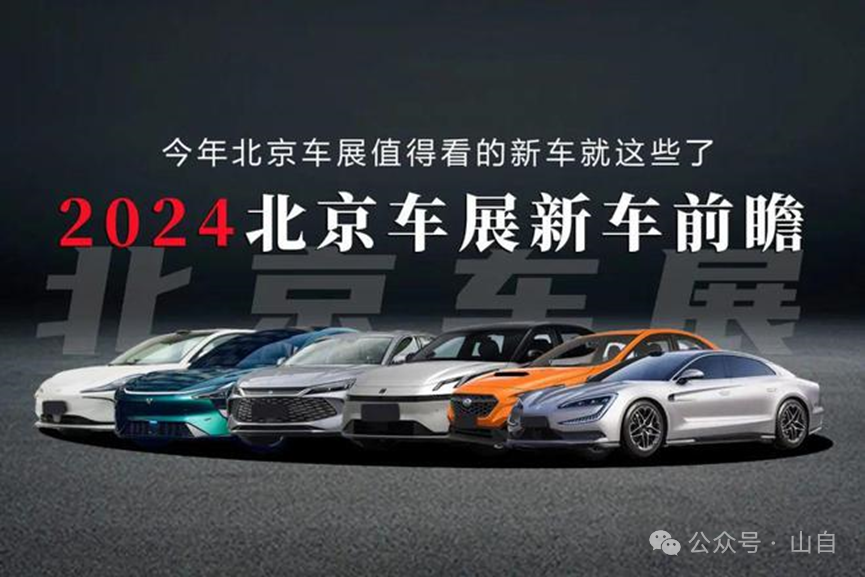
Image from the internet
3. The Electrification Transformation of European Automakers
Faced with stringent carbon emission regulations and growing environmental pressures, European automakers are accelerating their electrification transformation. For instance, Volkswagen Group has launched the ID series of EVs, and BMW has introduced electric models like the i3 and i8. These initiatives not only help reduce carbon emissions but also enhance the competitiveness of European automakers in the global NEV market. Financial reports indicate that Volkswagen Group delivered approximately 9.24 million vehicles in 2023, a 12% year-on-year increase. Among these, 771,100 were pure electric vehicles, marking a 35% increase year-on-year, with sales growth across all regional markets. In 2024, Volkswagen Group plans to launch its largest-ever product offensive, introducing over 30 new products.
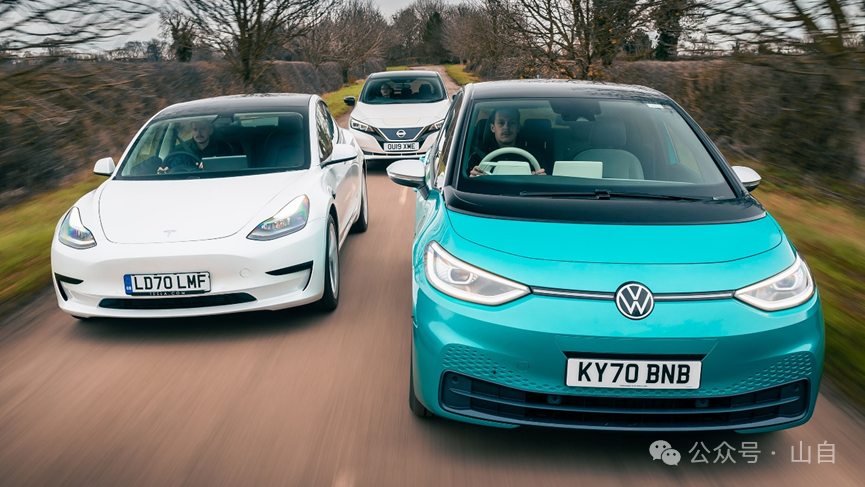
Image from the internet
4. Commercial Exploration of Autonomous Driving Technology
Autonomous driving technology is a crucial component of intelligent connectivity. Companies like Waymo (a subsidiary of Google), Tesla, and Baidu Apollo are actively pursuing the commercialization of autonomous driving. Although the technology is not fully mature, its application in specific scenarios has yielded notable results, such as autonomous taxis, minibuses, and delivery vehicles. Following a joint notice issued by five ministries and commissions in January 2024 on conducting pilot projects for vehicle-road-cloud integration in intelligent and connected vehicles, Beijing recently announced a tender for new infrastructure projects related to vehicle-road-cloud integration with a bidding amount of nearly RMB 10 billion. Pilot cities for vehicle-road-cloud integration are Coming soon . Related enterprises such as Baidu, Mogu Auto, Jinyi Technology, and Wanji Technology will also drive rapid development in the intelligent and connected vehicle industry.
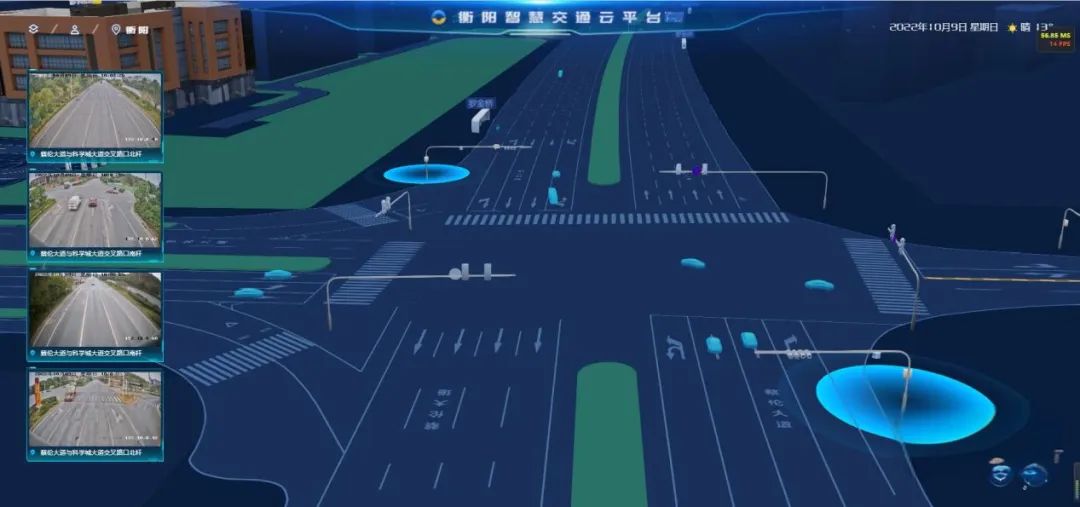
Image from the internet
5. Xiaomi's Entry into the Auto Industry and Cross-Industry Collaborations
Xiaomi's announcement of entering the smart electric vehicle sector represents a typical cross-industry collaboration. Leveraging its successful experience and technological accumulation in the smartphone industry, Xiaomi is expected to bring new innovative thinking and marketing models to the auto industry. Xiaomi's concept of "Tech Giant, Eco-Friendly Manufacturing" and the launch of the SU7 have spurred a new industrial landscape.
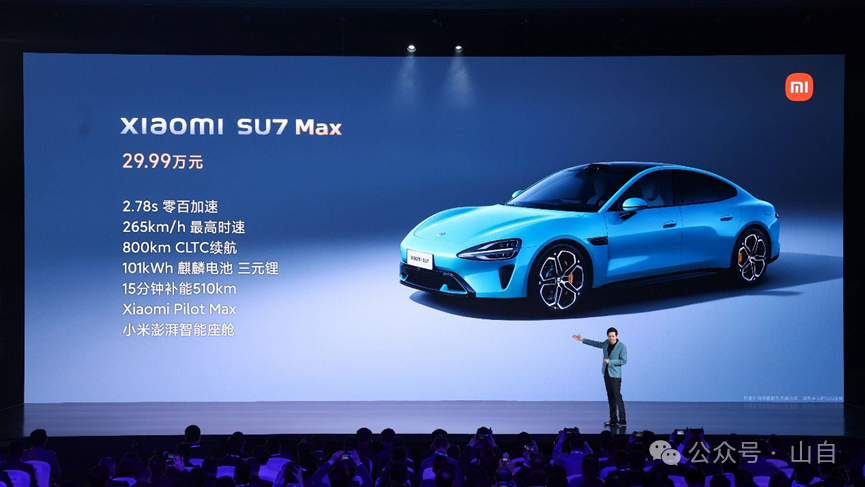
Image from the internet
These success stories demonstrate that post the mobile internet era, the auto industry has the potential to become a new momentum driver through strategies like trade-ins, electrification, and intelligent connectivity. As technology advances and markets expand, the auto industry is poised for broader development opportunities.
Price Wars and Industrial Competition
Amidst the rapid growth of the NEV market, price wars have intensified. To compete for market share, major manufacturers have resorted to price cuts and promotions, which to some extent has fueled the popularity of NEVs. Behind these price wars lies the strategy of "trading price for volume." However, NEV delivery and sales data show a steady growth trend. In April, BYD sold 313,200 NEVs, a year-on-year increase of 49%. GAC Motor announced sales of 37,733 vehicles in April, up 25.6% year-on-year. XPeng also announced the delivery of 9,393 new vehicles in April, a 33% year-on-year increase. Nonetheless, price wars have led to profit declines and insufficient R&D investment, impacting the long-term development of the industry.
Can the Auto Industry Become a New Momentum Driver?
Indeed, the auto industry has the potential to become a new momentum driver post the mobile internet era. On the one hand, the trade-in revolution and policy support provide a solid foundation for its development. On the other hand, electrification and intelligent connectivity infuse new vitality into the industry. However, realizing this potential requires concerted efforts from automakers, governments, and all sectors of society. Firstly, automakers must increase R&D investment, enhance product quality and technology to avoid getting bogged down in price wars. Secondly, governments should continue to improve relevant policies, optimize industrial structure, and guide the healthy and orderly development of the auto industry.
Lastly, all sectors of society should pay attention to and support the development of the auto industry, creating a favorable external environment. The EV and intelligent connected vehicle markets are rapidly becoming growth engines for the global auto industry. This trend benefits from the remarkable achievements of various brands and models in the global market, driven by technological innovation, policy support, and market demand. With continuous technological breakthroughs, sustained policy incentives, and further unleashing of market potential, the EV and intelligent connected vehicle markets are expected to expand their influence, becoming key forces in driving the transformation and innovation of the entire auto industry. This will not only reshape the future of the automotive sector but also provide strong support for achieving sustainable development goals.







